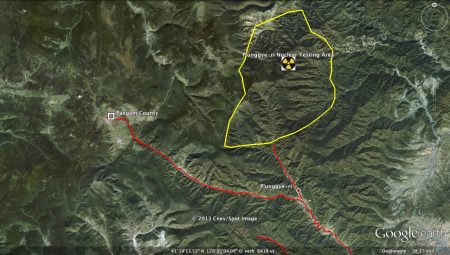Remembering an Accident: Ryanggang Explosion in North Korea
On this day in history, September 9, 2004, a mysterious explosion occurred in North Korea suspiciously close to the border of China. Deep in the mountains in the Ryanggang Province where a secret underground military base was located, a large mushroom cloud arose causing concern and confusion. The seismic activity reported after the accident helped them determine that the large cloud indicated a nuclear explosion, but there wasn’t enough evidence to determine if it was actually an accident. Needless to say, this explosion did not only cause concern for the local citizens, but also other countries. Fortunately, there weren’t any casualties. But the question on everyone’s mind was, “Why would there be a mysterious yet seemingly planned nuclear explosion?”.

https://www.theguardian.com/world/2004/sep/13/northkorea
https://en.wikipedia.org/wiki/Ryanggang_explosion
Although this explosion was more than likely not an accident, the TapRooT® Advanced Root Cause Analysis and Team Leader Training public courses teach our dynamic techniques that are the best for investigating incidents like this. TapRooT® techniques are also frequently used so prevent incidents from ever occurring.
Find out more about TapRooT® Advanced Root Cause Analysis Training.




